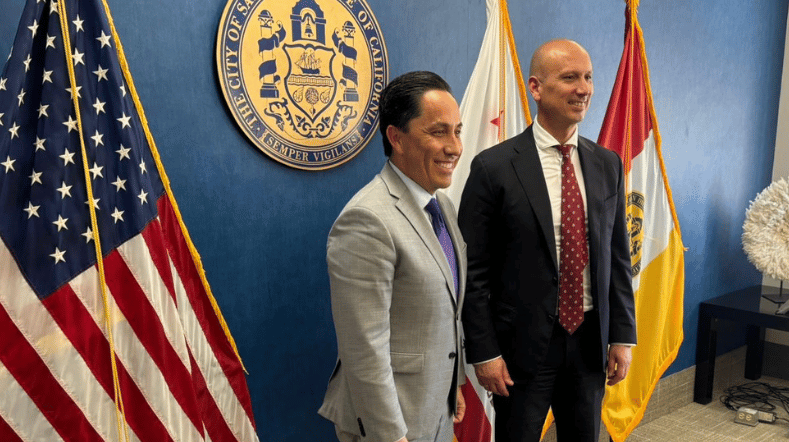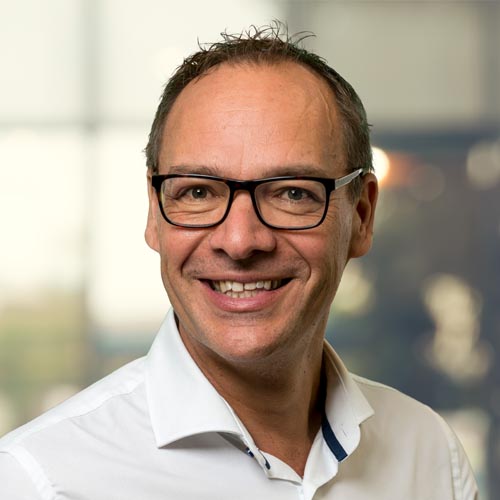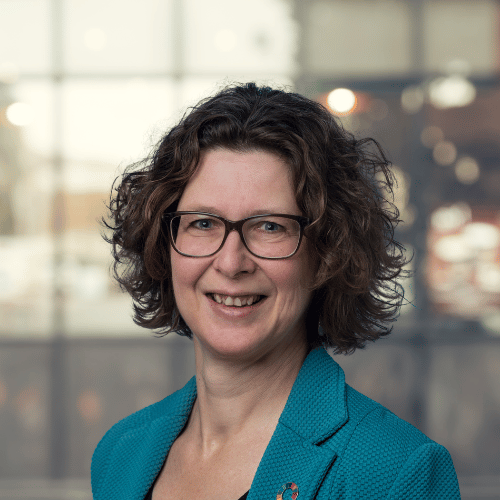
Accelerating the complex energy transition through mobility models
Pressure is increasing to decarbonise mobility at a faster rate, in order to achieve our climate targets. Electric vehicles are an important part of the solution to this problem. At the same time, we are already reaching the limits of what our electricity grid can cope with. Authorities can only solve the complex energy-transition puzzle if they have clear insights, if there is collaboration between the fields of energy, industry, housing, and mobility, and if smart solutions are developed that can balance supply and demand. TNO can offer these insights with sophisticated tooling that allows policymakers to make the right choices today for the world of tomorrow.
Receive the paper ‘Liveable city’
Do you want to know how you can work towards creating a liveable city? Receive the paper ‘Liveable city: Forward together with TNO – top 3 challenges for Dutch cities’.
Climate Agreement targets
The advance of electric vehicles is in danger of stalling due to various factors, which will make it increasingly difficult to meet the targets set out in the Climate Agreement. As authorities come under increasing pressure to achieve results in the area of sustainability, the combined mobility and energy problem is also growing in complexity.
Maarten Verbeek, Consultant Sustainable Transport & Mobility with TNO: ‘We can see that battery-electric will eventually be the cheapest technology and will also have sufficient range to replace a substantial portion of the existing fleet, including trucks and buses. However, many barriers still stand in the way of the mass deployment of electric vehicles. Examples include the availability of charging infrastructure and currently also the purchase price of the vehicles, which is partly linked to the limited availability of essential raw materials.’
In the longer term, it seems that the power grid in particular will present a major barrier. In residential neighbourhoods the grid is increasingly coming under strain due to growing demand for electricity, but also as a result of generation from solar panels. For businesses the situation is even more serious: grid operators indicate that the electricity grid in provinces such as Flevoland, Friesland, North Holland, and Gelderland has reached maximum capacity in some places. And how will you organise sufficient charging capacity in busy city centres and on business parks? Bart Vuijk, Senior International Business Developer with TNO: ‘We are already coming up against major bottlenecks in our grid, even though we have barely started electrification. So how do we ensure electrification does not stall prematurely?’
Sophisticated tooling
Part of the answer lies in smarter balancing of supply and demand. This is no easy task, as mobility, energy, and space have become increasingly intertwined, making effective policies on electrification extremely complex. We need an understanding of the technological possibilities, as well as the organisational and social consequences of policy choices. At TNO these insights are arrived at through an ingenious learning cycle.
Ronnie van Munster, Regional Director Asia Pacific TNO: ‘With our Urban Strategy platform, we have numerous models at our disposal to calculate the impacts of policy choices. We also test these insights in practice for authorities and organisations, which we support in answering a specific question through pilots or living labs. With the lessons we learn from this, we then enhance our tooling further, so that results become increasingly reliable and realistic. The insights we gain through our collaborative projects abroad, such as in Singapore, help us come up with better solutions to energy and mobility issues.’
According to Bart Vuijk, these kinds of dynamic tools are crucial for policymakers: ‘You can come up with the most favourable solution today, but in a few months’ time it may already be outdated because one factor has changed. That’s how quickly these fields are evolving.’

‘With our Urban Strategy approach you can calculate different charging strategies, for example.’
Electrification of bus fleet in Singapore
Singapore was keen to start the electrification of its buses to reduce air pollution and CO2 emissions. With this in mind, it approached TNO.
Bart Vuijk: ‘This time, the request for help did not come from a market operator, but from the government in Singapore. The Singapore government owns 6,000 buses, which it wants to be fully electrified by 2040.’ Singapore asked TNO to build a platform that would allow different strategic future scenarios to be calculated and compared. What do you have to take into account and what issues do you come up against?
An insight was needed into processes, local conditions, vehicle characteristics such as passenger capacity and different battery types and sizes, charging strategies, public transport demand, specific bus routes, and the climate impact. Through research and intensive data collection in cooperation with the Singapore government, specific conditions that have a decisive impact in Singapore were identified.
As a result of this collaboration, TNO has developed the E-bus simulation platform, which provides an insight into the trade-offs between different solutions, technologies, and operational strategies. TNO’s Urban Strategy platform, a tool for interactive city planning, combined with the organisation’s powertrain expertise, can provide the knowledge needed for this innovative E-bus simulation platform.
‘With our approach you can calculate different charging strategies, for example. You can charge on the road, which is referred to as ‘opportunity charging’, or at a depot where the buses are stationary for longer periods. Spatial planning for a major bus-charging infrastructure in a densely populated city is challenging, to say the least. How can you integrate charging into your timetable without changing routes or times? One of the key insights from this pilot is that, at certain peak times, you would greatly exceed the capacity of the electricity grid.’
TNO subsequently applied what it learnt during this project in a living lab in Curaçao. There, the question was how electric buses could be run as much as possible on locally generated solar energy, without first having to transport this energy over the grid. ‘Besides optimising the balancing of supply and demand, we also looked explicitly at users. Can you shift something in your timetable or change the operating hours of factories to make better use of capacity? A grid is designed with the peak load in mind, so if you can reduce the peaks, the costs go down.’
Energy issue at Food Center Amsterdam
The Singapore and Curaçao cases highlight how important an integrated approach is if you want to achieve success.
TNO incorporates the valuable insights gained into the models of its Urban Strategy platform, which is used as a planning tool by organisations including the City of Amsterdam. Close to the heart of the Dutch capital is the Food Center Amsterdam business park, a wholesale food market. Here too electrification is a complex challenge and TNO is therefore looking at an integrated solution.
Maarten Verbeek: ‘At the Food Center we looked closely at the surrounding area and what the energy-demanding assets are: surrounding houses, cold stores on site, and, of course, the vehicles. On the other hand, you look at the total energy supply: from the grid, from solar panels, and from other sources. How can we organise everything so the best use is made of the current electricity system? When would you prefer to charge vehicles? What does that imply for how and when they are used? Can you use stationary batteries to temporarily store electricity at times of high supply and low demand? The scope is widening all the time, with more and more disciplines and sectors becoming involved. And that’s very much needed.’
Mobility is all about the big picture
While many consulting firms focus on a specific issue, TNO never loses sight of the bigger picture. Besides the impact of technology and policy, this also includes the social impact. According to Maarten Verbeek, it is crucial that you always keep the overall context of mobility in mind: ‘This goes far beyond simply encouraging electric transport and ensuring sufficient charging capacity. The demand side is just as important. How can you use vehicles differently, make logistics more efficient, and encourage walking and cycling in cities? All options are on the table. And that is essential if we want to meet our climate goals.’
Want to learn more about the liveable city?
Get inspired
Don't jump on every innovation bandwagon: TNO's framework to help cities make smarter mobility choices
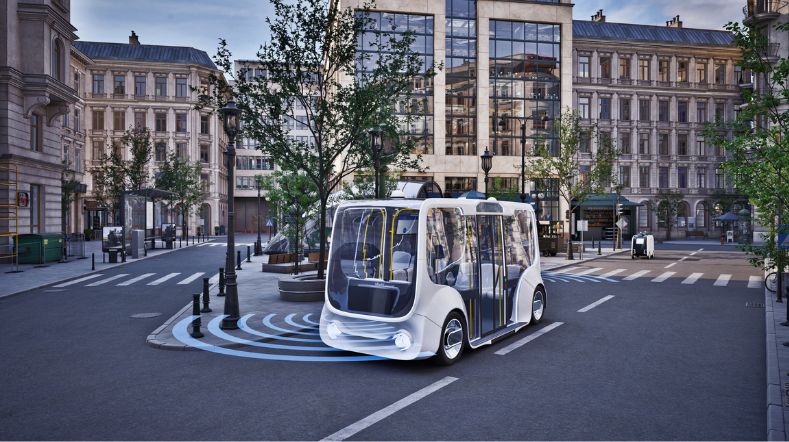

Urban space


Zero emission urban mobility


How governments can make MaaS work to societal goals
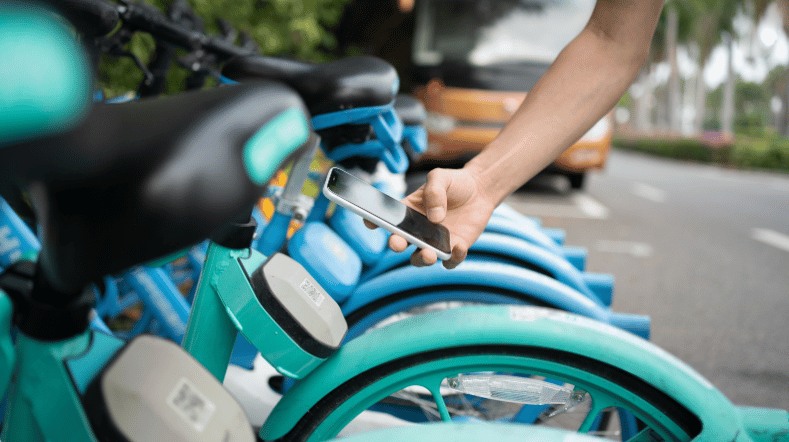

With Urban Strategy, TNO connects with innovative U.S. West Coast in San Diego
